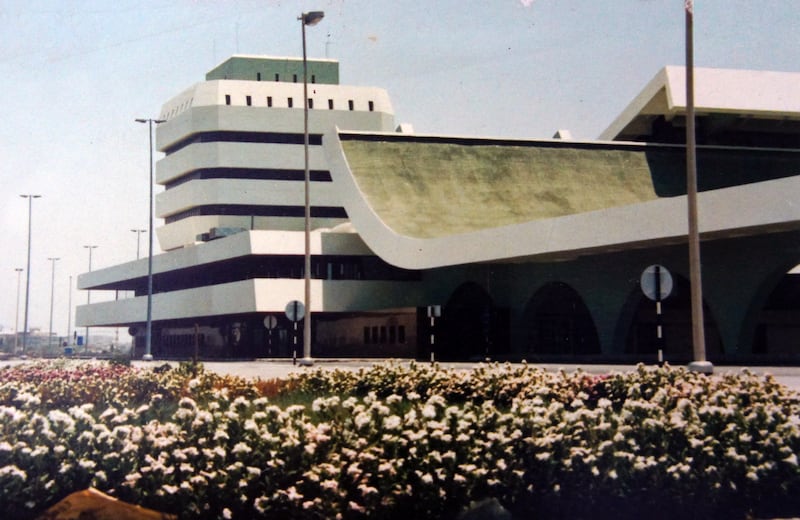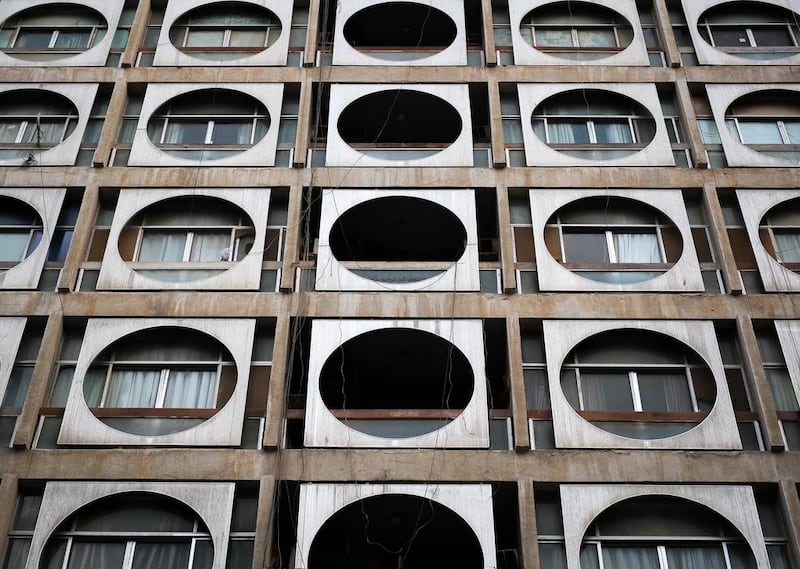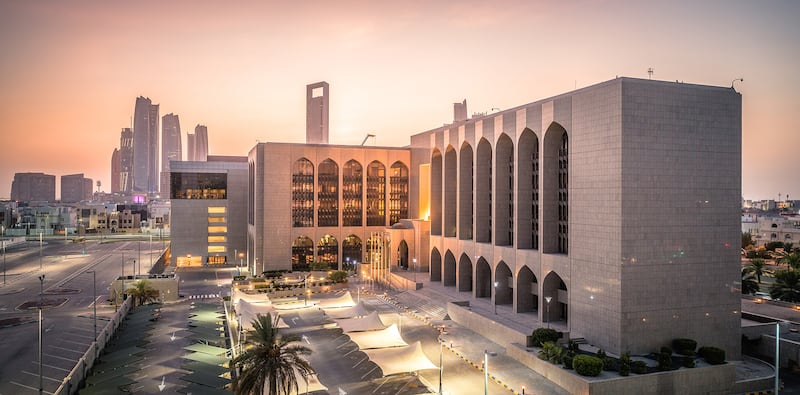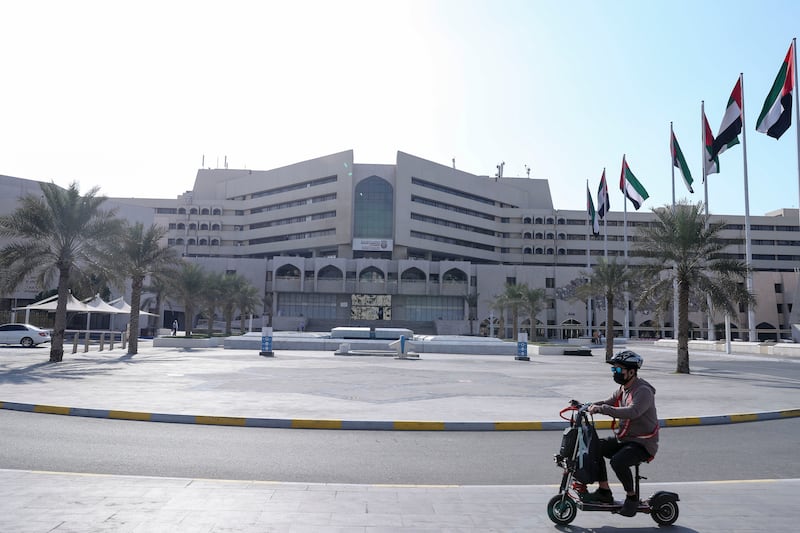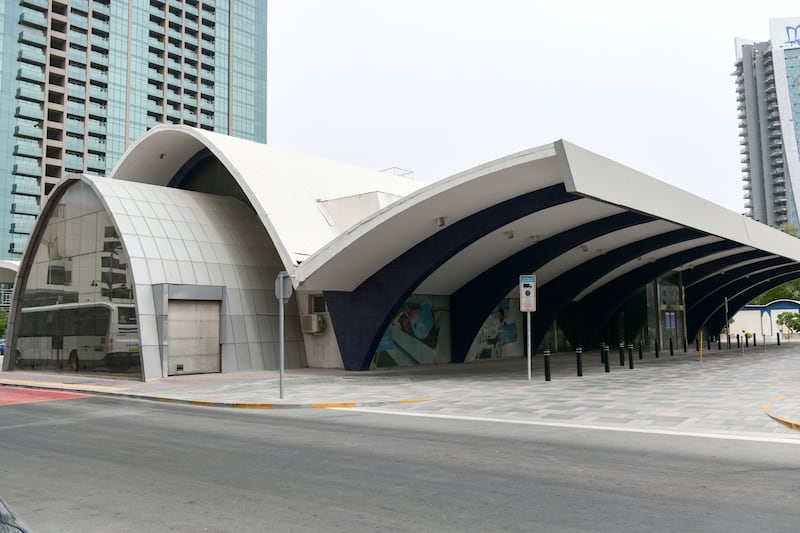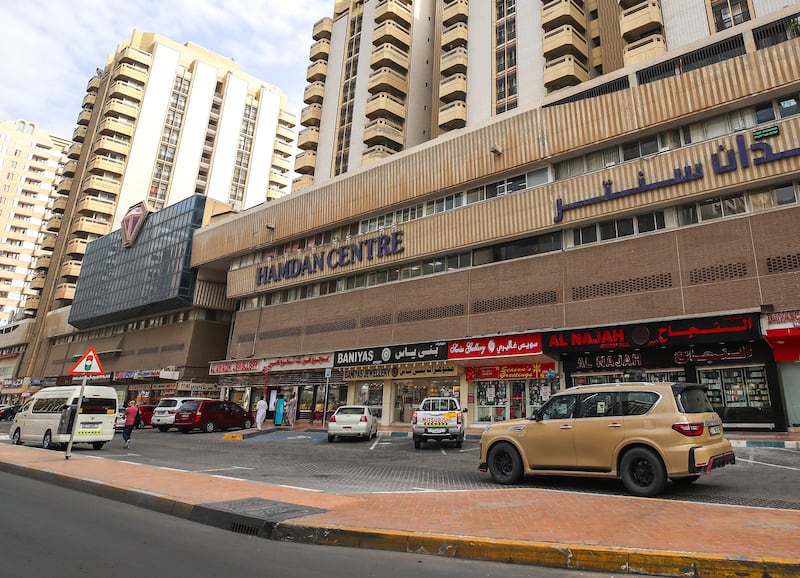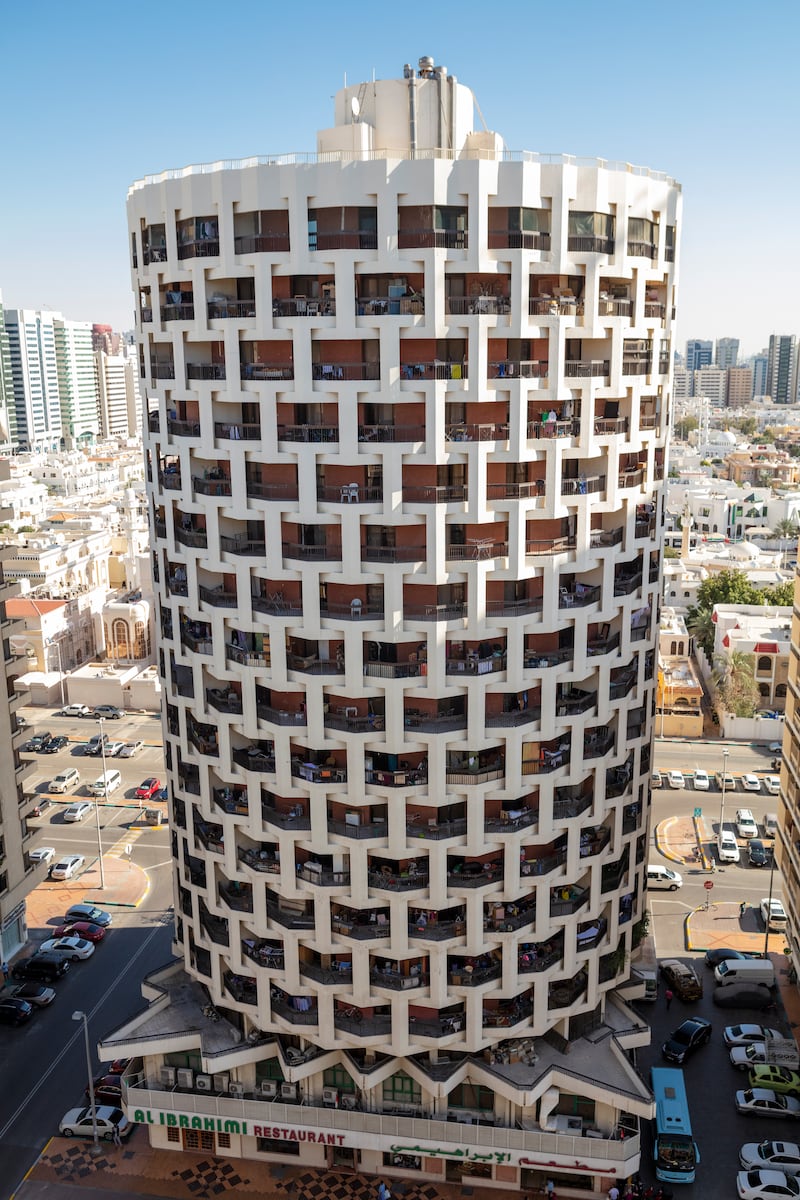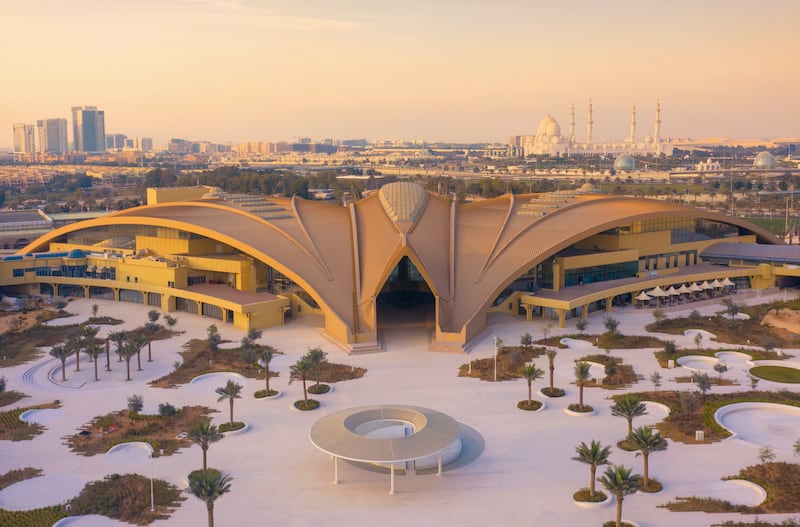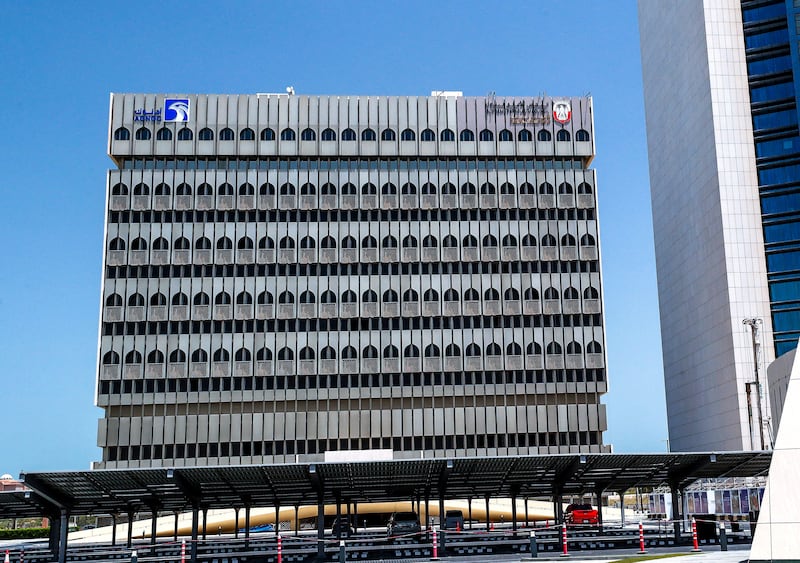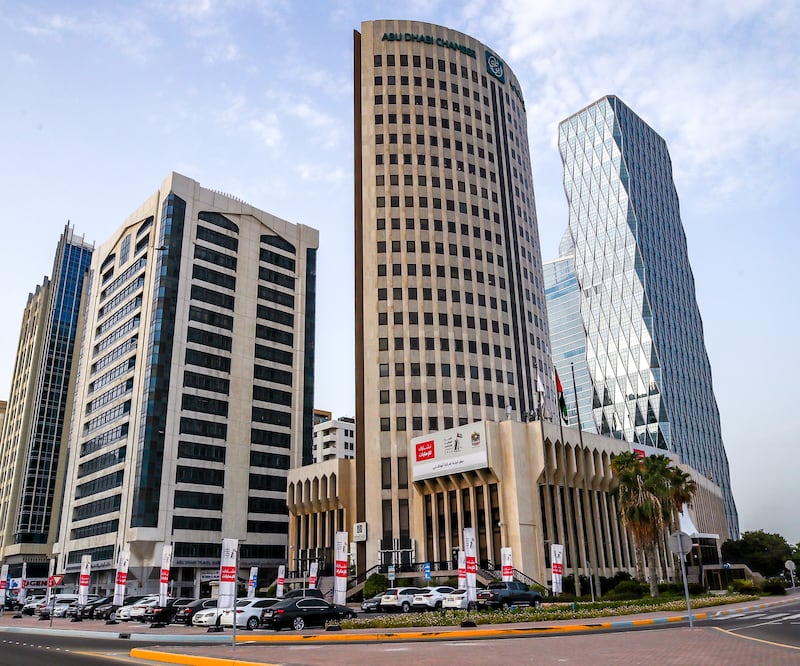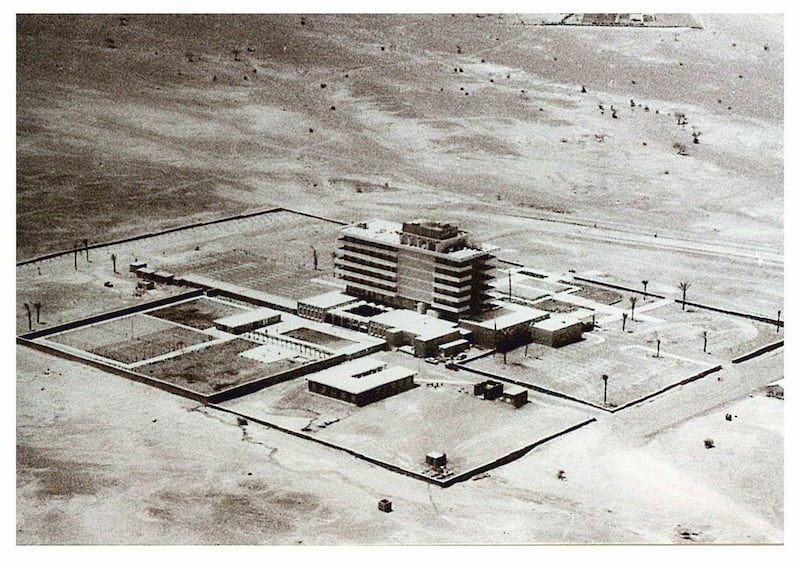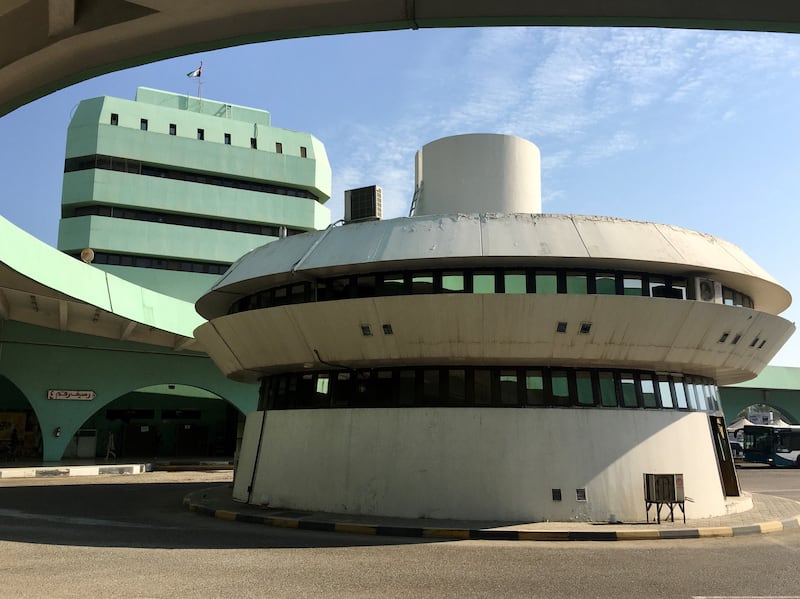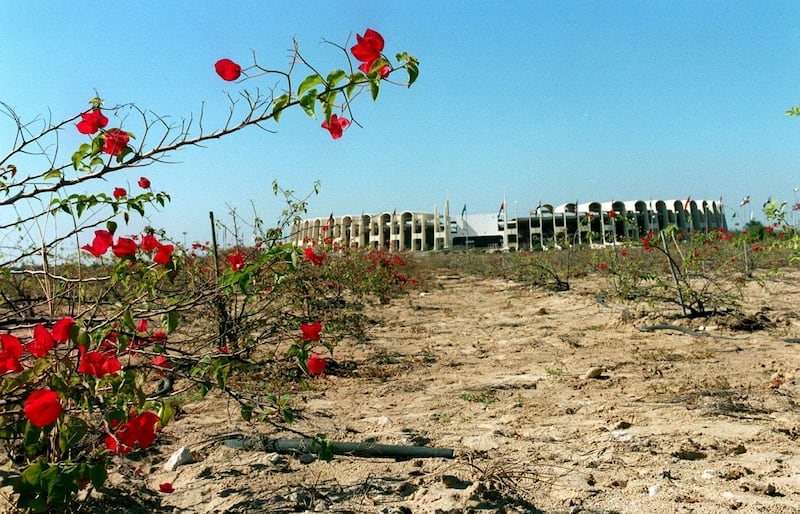Urban Treasures, Modern Heritage Conservation Initiative and Modern Architectural Heritage of the UAE project – each of these three initiatives provide another opportunity to look at Abu Dhabi’s tourism, preservation and engagement mission and to understand what they say about the city, the country and its diverse communities.
The Department of Culture and Tourism – Abu Dhabi announced its second round of Urban Treasures at the end of June. The scheme recognises longstanding shops, cafes and restaurants in the city, with a particular preference for those off-the-beaten-track places that stir a deep sense of connection. Its second round recognised businesses including Lebanese Roastery, National Tailors and Al Arab Restaurant.
Late last month, the DCT launched its conservation initiative to provide “immediate and unconditional protection” to more than 60 listed buildings and heritage sites.
The full roll call of buildings is a deep and sometimes eclectic list of architectural assets to be recognised and protected, ranging from the Zayed Sports City complex to the well-known attractions of the Bus Terminal and Taxi Stand and even including the building from which this newspaper was produced for several years.
It is also an extremely smart tally. Each time your eyes return to it, there is another architectural delight to be found, from the Central Bank building to the Zayed bin Sultan the Second Mosque.
Finally, the Ministry of Culture and Youth launched the Modern Architectural heritage project, to preserve buildings across the country. It aims to foster conservation, preservation and research. While there is some crossover between lists – the bus terminal is, of course, there again – this is a truly national register.
Many first-time visitors to this country may be drawn to the city or the nation by its upscale hotels and malls and its growing portfolio of leisure attractions, from theme parks to world-class museums, but in registers such as these they may find another part of the nation’s story being told – and a reason to return to the country time and again.
The Urban Treasures list also provides a chance for tourism and businesses to think small as well as big.
This country is blessed with a growing portfolio of expansive cultural assets and museums, from Qasr Al Watan to Louvre Abu Dhabi, but the treasures register presents another more subtle, nuanced and complex version of the city.
While it would not necessarily be possible to run walking tours of downtown treasures in the summer months, there may be some merit in either offering bus passes and designated trails for inquisitive tourists to point their way around the city and explore its less heralded sights. The city’s street-naming project, administered by the municipality, offers a similar platform for engagement.
Similarly, both the protected list and the nationwide heritage project provide further opportunities.
While the conservation list serves a very practical purpose of ensuring that the 64 buildings included in it are preserved for future generations, it also provides the possibility for dozens of mini museums or even signage at these locations to educate visitors of the historic nature of the buildings in front of them.
Returning to the Abu Dhabi Media complex mentioned earlier in this column, the main building is a fine low-rise example of 20th-century city architecture, but further along its block-long compound can be found another reminder of Abu Dhabi’s past in the shape of the original and small terminal building for Abu Dhabi airport. This was the destination point before incoming flights moved to Al Bateen in the late 1960s and then to their more familiar off-island location more than 40 years ago.

Visitors to the city in the early 1960s remember the sandy vista on arrival being punctuated only by trees, arish houses and the sight of Qasr Al Hosn shimmering far off in the distance towards the shoreline. The exterior of the small building that served as the “terminal” back then is an entry point back to that world, even if it is now surrounded by the trappings of time and development.
With the opening of Midfield Terminal expected soon – and Tom Cruise famously arrived at the new facility in June ahead of this summer’s Mission: Impossible premiere – there is a further chance to chart the progress of air travel in Abu Dhabi from small terminal to modern arrival point.
The opportunities to tell the story of the country to a wider audience and to encourage greater community engagement and civic pride are genuinely vast. Indeed, the modern national architecture list is designed to “encourage a deep sense of pride in our nation’s unique identity” and to stimulate interest among visitors, residents and researchers alike.
Abu Dhabi, and the country at large, hosts an array of attractions and treasures. Stitching these cultural assets and touchpoints together is a challenge and an opportunity to tell the country’s story to a wider audience and to encourage ever greater community engagement.

